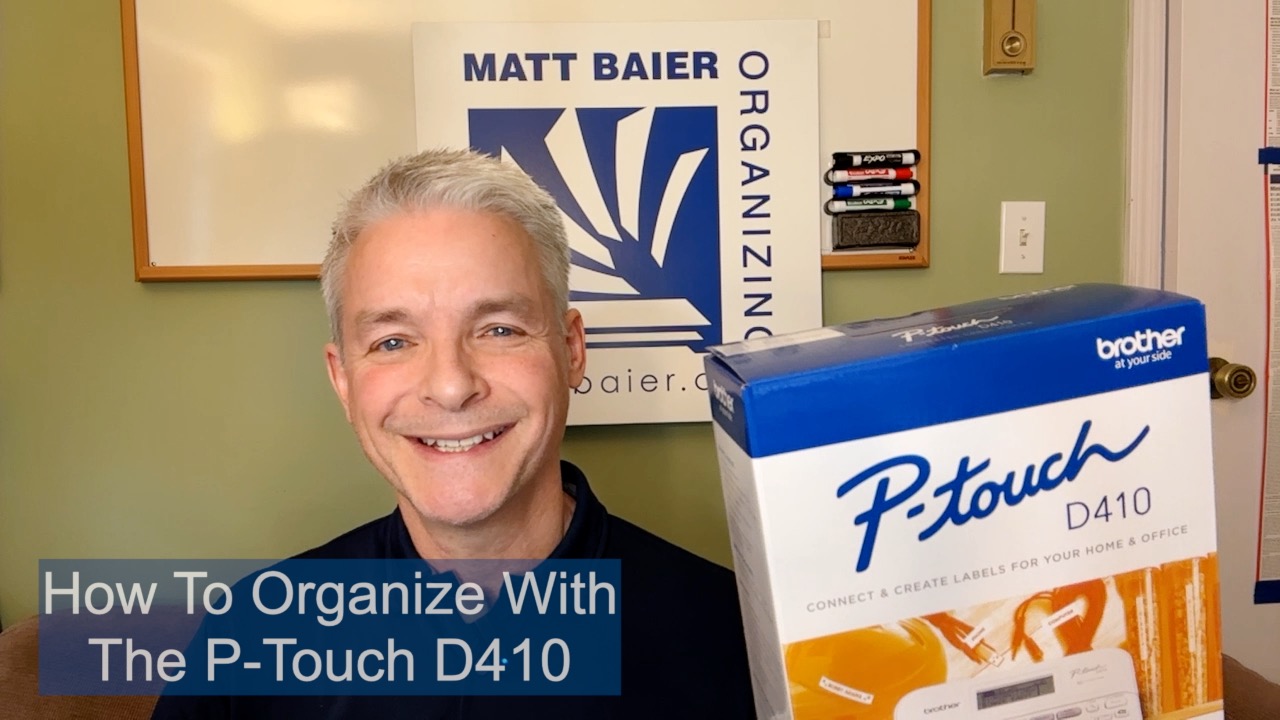“You Wouldn’t Believe How Much I Have Already Thrown Out!”
In my tenth year as a professional organizer, I have found that clients have made that statement more than any other. You wouldn’t believe how many times people have told me, “You wouldn’t believe how much I have already thrown out!” First, I would. Second, it’s roughly the equivalent of a smoker telling me, “you wouldn’t believe how many times I quit smoking.” It’s irrelevant. Unless you analyze the reasons for the bad habit and develop a realistic plan for maintaining a good one, the bad habit will most likely return. Fortunately, I have some answers. Here are 7 tips to make your next decluttering efforts really count.
1. It’s a big project, get ready
Decluttering efforts are often characterized by extreme determination, fueled by frustration. “I’m sick of all this junk!” Perhaps you dive into it with a trash bag or maybe even a dumpster. You may get rid of a lot, maybe even some stuff you regret, so this feels like a virtuous act. Surely, this will put you on the path to organization, but somehow it doesn’t. If your clutter has accumulated to the point that it is frustrating you, you need to recognize that conquering it is a big project. You won’t conquer your clutter in one day and you certainly won’t establish a plan to prevent it’s return. Don’t kid yourself. It’s a big project. The good news is, there is hope with the right plan.
2. The two faces of organizing
Once you recognize the size of the project, it’s important to recognize the two faces of the organizing coin:
1. getting organized
2. staying organized
People tend to think they can address both faces in one shot, but it’s a fantasy. Don’t buy plastic bins and other organizing supplies before you start. My recommendation is to use cardboard banker boxes for processing. They keep things sorted until you are ready to set up systems. Each box represents about one cubic foot, to measure your most appropriate system to stay organized.
3. General to Specific, in stages
So since you can’t get and stay organized in one shot, what should you do? Answer: Divide and conquer. When you’re dealing with a large quantity of stuff, you will get nowhere by slowly pondering on one item at a time. You must break it down in stages and keep every stage easy and manageable, so that you move through the process quickly. Momentum makes magic. When you are trying to make too many tough decisions at once, you lose that momentum. The process is just too hard. Keep each stage easy. The first stage is simple. Just sort like with like. Sort office supplies with other office supplies, keepsakes with keepsakes, loose paper with other loose paper, etc. No purging yet, but by putting like with like, you are creating a context, and context drives decisions. Time to purge.
4. Diverge the Purge
To equate “purging” with “tossing” is to limit your progress, by 75%. Don’t get me wrong, you will definitely want to toss a lot of your clutter, but you should also have the option of donating, selling, giving away, and reassigning. So often what prevents us from letting go of an item that is no longer serving us well, is the feeling of waste. We just want to see something go to a good home or even bring us a little money, than just see it go in the garbage. That’s completely reasonable. Before you declutter, establish a donate zone, a sell zone, a reassign zone, and a give to zone. “Reassigning”means that an item belongs in another room or outside storage. “Give to” means giving to a specific friend or family member, as opposed to general donation, where you don’t care about the recipient.
5. When you ask where, ask why
As you reduce your stuff to a manageable quantity, you are sure to start asking yourself where is it all going to go? The way to answer this question is by asking yourself why you are keeping it, because you can keep the same item for several different reasons. It’s another way the concept of “divide and conquer” can help you get organized.
6. Prioritize access
Many of the people who have said the words in the title of this post to me, store the survivors of their purge in opaque, often unlabeled, bins. If you can’t know exactly what you have and why you keep it, then those bins are not likely to be valued. Then it becomes OK to pile more clutter on top of or in front of them. To stay organized, it is not enough just to fit everything into a closet. Top-priority items should be most accessible and every item should be as visible and findable as possible. Don’t look at an empty floor as an opportunity to stack more stuff. See it as the freedom to access what you have and to stay organized.
7. Circulation prevents accumulation
Ultimately, the most important requirement to stay organized and prevent clutter, is movement. When there is no plan for movement, things pile up. Circulation prevents accumulation. By circulation, I mean movement forward in a series of manageable, reliable stages. As with getting organized, staying organized should not be attempted all in one shot. For example, you probably don’t have the time to address all your mail at once, so don’t. You do, however, have 2 minutes to divide and conquer. Quickly sort bills to pay, statements to file, magazines to file, and solicitations to toss. Then simply move the bills to a bill paying area, statements to the filing cabinet, magazines to a reading area, and junk mail to a trash bin. You don’t have to pay the bills right away. You just have to separate them and move them to a safe place. This is movement forward in manageable reliable stages.
In conclusion, yes, there are a lot of steps to getting and staying organized, but what makes them most difficult is skipping them.
Please Share With Your Community
















